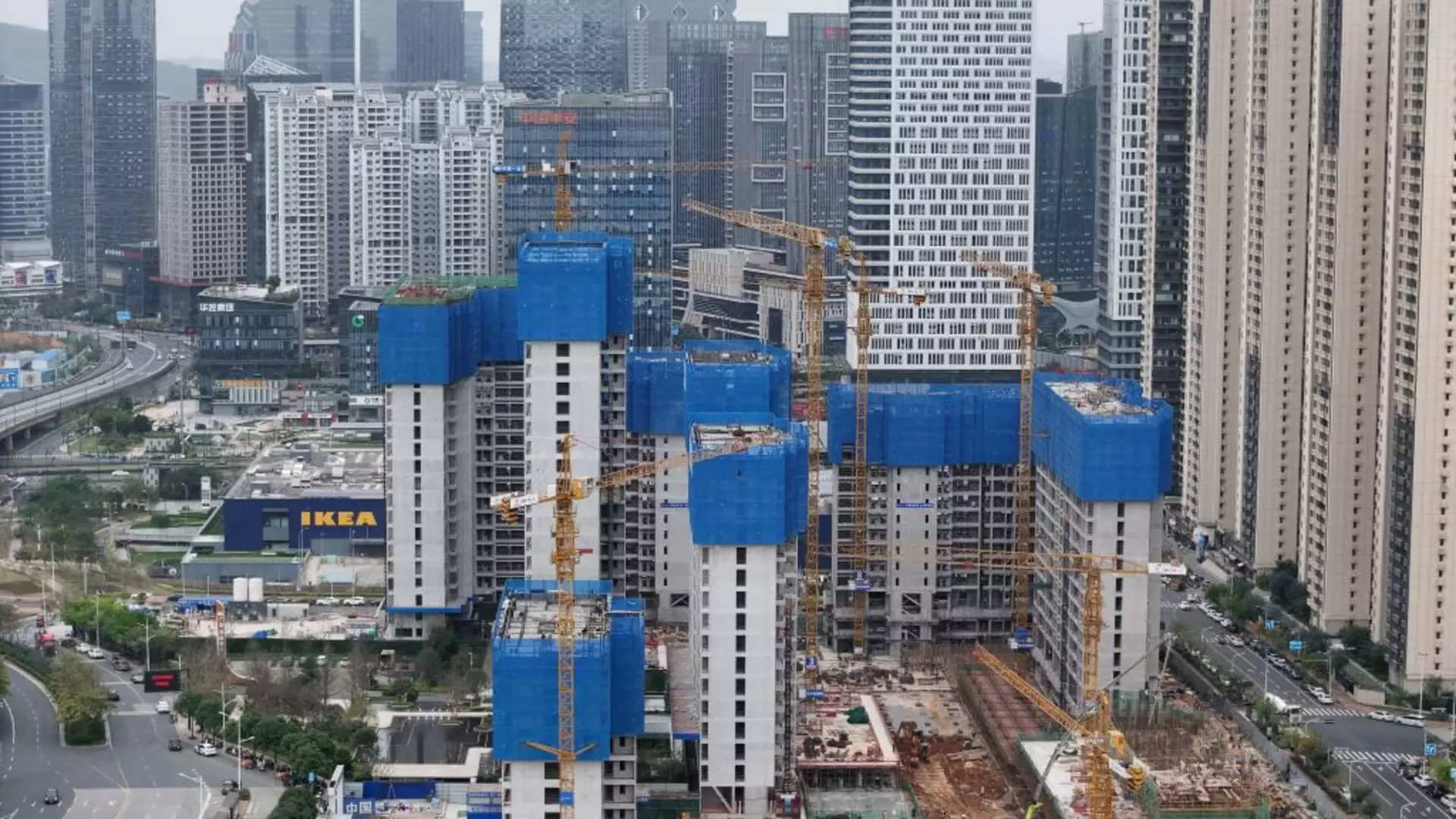China’s fiscal stimulus, according to S&P Global Ratings senior analyst Yunbang Xu, is starting to lose its effectiveness. The strategy appears to be more of a tactic to buy time for industrial and consumption policies rather than providing immediate solutions to economic challenges. This raises concerns about the sustainability and long-term benefits of the current approach.
China has set a target of approximately 5% GDP growth this year, which many analysts view as ambitious given the scale of the announced stimulus measures. The high debt levels at both the local and national levels are imposing restrictions on the extent of fiscal stimulus that can be implemented. This is regardless of whether a city is categorized as a high or low-income region, as highlighted in the S&P report.
The report from S&P points out that local governments are facing fiscal constraints and diminishing effectiveness in executing stimulus measures. This is prompting a shift towards reducing bureaucratic red tape and improving business environments to support long-term growth and living standards. The escalating debt levels across different regions are limiting the capacity of local governments to undertake significant fiscal stimulus activities.
The current economic environment in China is witnessing a slowdown in the property sector, which has a direct impact on the effectiveness of investments. While fixed asset investment showed some improvement in March compared to the preceding months, there are concerns about the sustainability of this growth. Investments in manufacturing have accelerated, but infrastructure growth has slowed down, and real estate investments have declined further.
To boost domestic demand, the Chinese government announced plans to provide subsidies and incentives for equipment upgrades and consumer product trade-ins. These measures are expected to generate significant annual spending on equipment, amounting to over 5 trillion yuan. The central government has committed to providing strong support for these initiatives to stimulate economic activity and drive growth.
S&P’s analysis indicates that industry, consumption, and investment will continue to be the key drivers of growth in the future. Higher-tech sectors are expected to lead China’s industrial upgrade and support long-term economic expansion. This highlights the importance of focusing on innovation and technological advancements to sustain growth in the evolving economic landscape.
The analysis of China’s fiscal stimulus reveals a complex and challenging economic environment. While the current strategies have provided some short-term relief, there are concerns about their long-term effectiveness. Moving forward, it will be essential for policymakers to address structural barriers, reduce debt burdens, and prioritize sustainable growth strategies to navigate the evolving economic landscape effectively.

